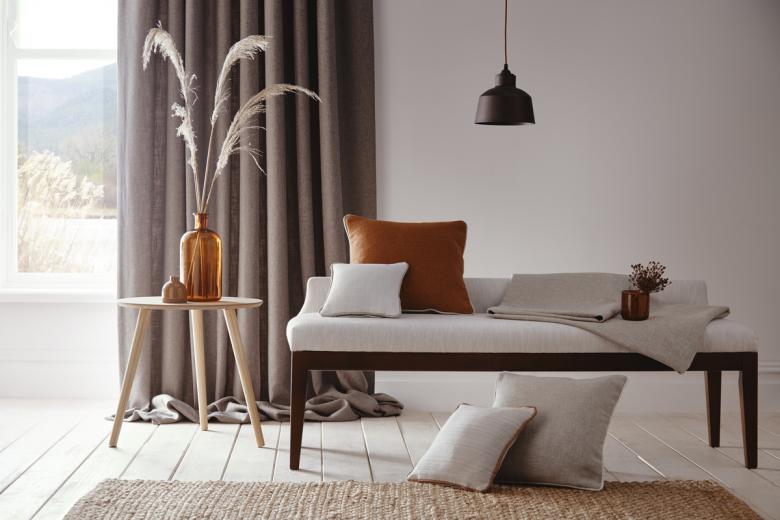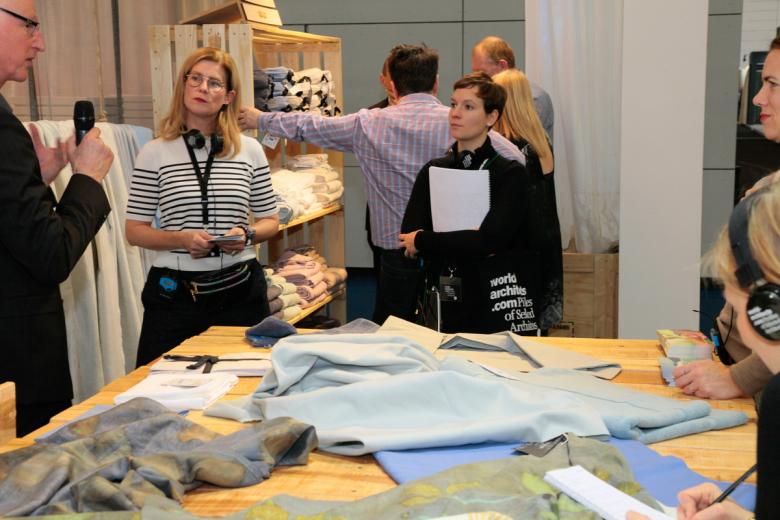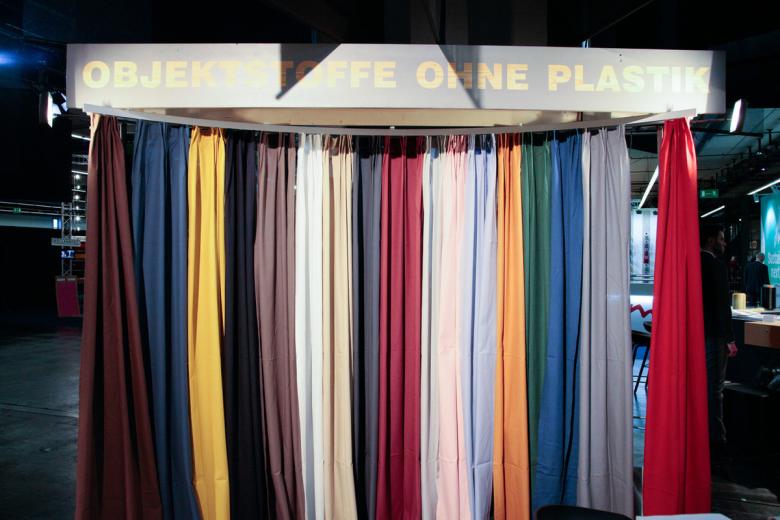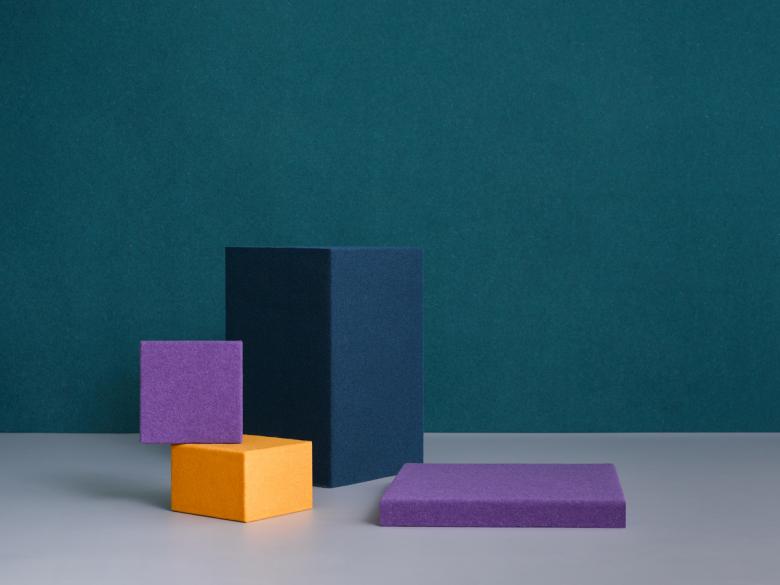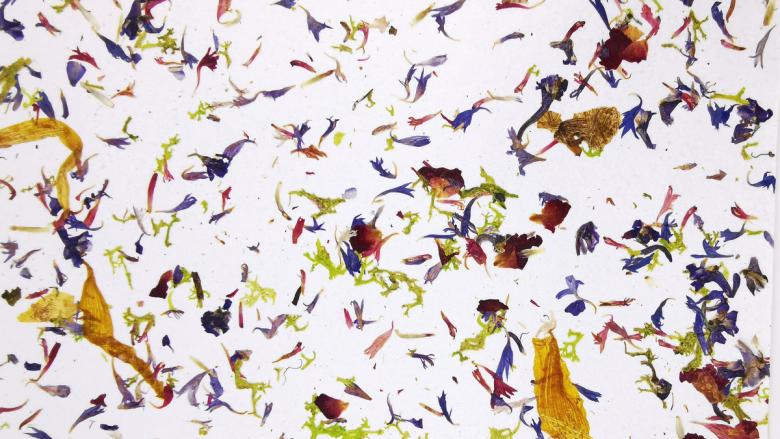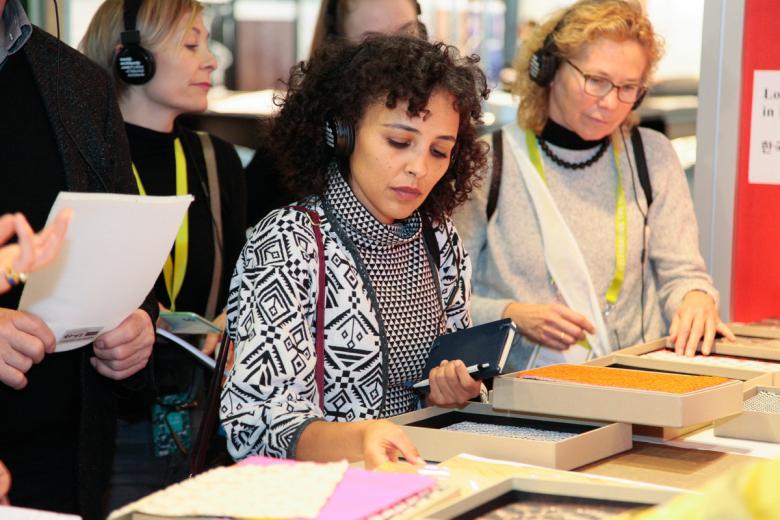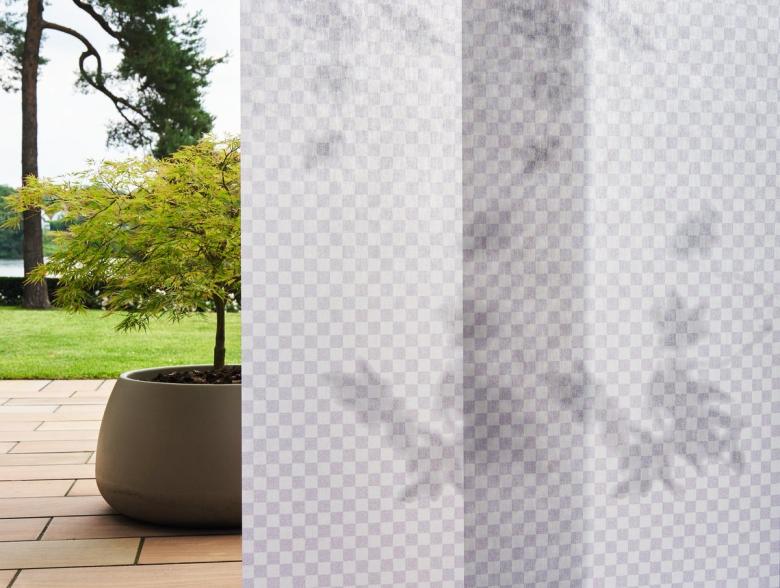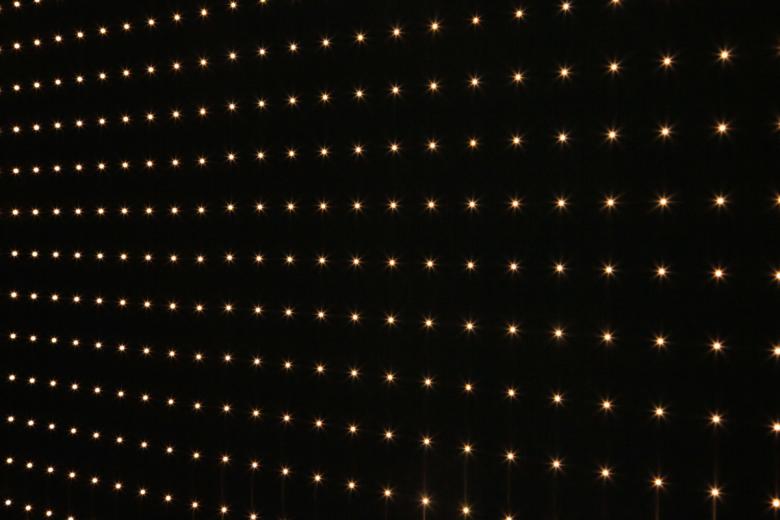Nature First
Whether wallpaper, upholstery fabrics, curtains or acoustic textiles, there was no getting around environmentally friendly materials and production processes at Heimtextil 2020.
Sustainability has many aspects — ecological, social, economic, functional and design issues all belong together to enable a holistic view. For the sustainable design of buildings and rooms, a well-founded assessment and selection of products is important, as this is increasingly part of the project requirements. For many years, Heimtextil has been labeling exhibitors of sustainable products and listing them in the Green Directory Guide. This year, the guide comprised 250 manufacturers.
To underline Heimtextil's commitment, the trade fair, which was held for the 50th time at the Frankfurt exhibition grounds from January 7 to 10, announced its partnership with the United Nations Office for Partnerships and presented the 17 Sustainable Development Goals, which it intends to promote further at around 50 textile events each year (including Techtextil in Frankfurt, Neonyt in Berlin and Intertextile in Shanghai) and in cooperation with the Texpertise Network.
The trend clearly shows that naturalness and the idea of sustainability are finding their way into the contract business. Architects and planners were able to find information on this at the extended Interior.Architecture.Hospitality area in Hall 4.2. This special area boasted exhibitors with a focus on the contract sector, the newly created material library for contract fabrics, a lecture forum, and the information counters of the expert tours, which took visitors around the trade fair several times a day and were organized by World-Architects and others.
Sustainability not only concerns materials themselves, but also production methods, regional production, and compliance with social standards — a pressing issue, especially in the textile sector. On her Guided Tour organized by World-Architects, textile designer Astrid Schaal therefore took visitors to manufacturers such as Continental and Gebrüder Munzert from Germany, Bartolini from Italy, and Raymakers from the Netherlands, as all of them still have production facilities in Europe. Continental, for example, produces exclusively in Kochertal, Baden-Württemberg, and presented skai Pureto at Heimtextil — the artificial leather made of polyurethane is completely PVC-free and particularly soft and supple.
The highlight of the tour was the Krefeld-based company Deco Design Fürus with its new OceanSafe brand. According to the manufacturer, textiles and bed linen made from OceanSafe yarn, which is obtained from natural raw materials that are processed into a synthetic yarn, are to be fed into the biological cycle, as they are completely degradable within eight weeks. The OceanSafe range comprises three material groups: OS Cleopatra cotton, OS petrochemicals 1 and 2 as polyester replacement, as well as flame-retardant OS acid-based polymer. For this Deco Design Fürüs has been awarded the Cradle to Cradle certification and was also acknowledged at the trade fair by the AIT trend scouting.
The recycling principle is also gaining in importance among other manufacturers. For example, Trevira, an industry leader in flame-retardant yarns, showed that they are increasingly focusing on pre- and post-production recycling. The company are launching Trevira CS Eco, a yarn that consists of 50% recycled base material such as PET bottles. Trevira is also testing its partnership with Really, the joint venture between Kvadrat and the fashion label Samsøe Samsøe, which produces textile building panels from textile surplus and waste.
Natural materials are in great demand, which is why there was a wealth of alternatives to synthetic materials to be seen at Heimtextil. Both the German weaving company Maasberg and the Italian weaving mill Redaelli presented curtain fabrics made of cotton modified by the COEX technology, which makes it flame-retardant according to fire rating class B1. However, these fabrics must be washed with soft or distilled water to maintain their function. Laundries would offer this automatically, assured Managing Director Gunther Maasberg. In addition, Redaelli, known for its high-quality velour, which the company also supplies to brands such as Rubelli and Dedar, exhibited Cinque Terre fabrics that are dyed with natural pigments. Another highlight could be discovered at the booth of Coverdec from Vienna: flexible wood, which can be used like textiles, and flexible, padded cork panels, which are acoustically effective and bind airborne pollutants through the use of cork veneer. A novel cork yarn could be found at the stand of Sedacor. However, the visitors' favorite in terms of naturalness is and remains Organoid. The Austrian manufacturer, who processes hay and flowers on HPL boards or fleeces, presented a "light" variant. For this, the carrier fleeces made of flax or eco fleece are coated with only few leaves or a loosely scattered mixture of flowers.
Fabrics and textile products with an additional sound-absorbing function continue to be very popular, as could be clearly seen with many suppliers of contract fabrics. Now this is being combined with sustainability aspects. For example, the start-up company Féline from the Netherlands was the first to exhibit a sustainably produced acoustically effective felt collection — no water is used as in conventional felt production and far less energy is required because no drying process is necessary. On the Guided Tours that were focused on the contract sector and given by designer Jutta Werner, architect Marc Mir and interior designers Sylvia Leydecker, Julius Reimann and Peter Joehnk, participants were able to discover the semi-transparent, flame-retardant acoustic fabric collection by Gebrüder Munzert, which works with a foil tape to achieve the acoustic effect and is manufactured entirely in Naila, Germany, by the jacquard mill.
Jab Anstoetz focuses on visual function with their new Twilight sun blinds series, for which the company collaborated with designer Carsten Gollnick. During the day, the sun blinds made of patented fleece appear translucent, at dusk, ornaments appear on them. Drapilux presented three-meter high contract fabrics with acoustic, climate-active and odor-absorbing functions. These include fabrics that use Trevira CS Eco. Marburg boasted a new stand, designed by the new creative director Felix Diener, featuring the squarLED wallpaper in a striking way. "All the rest can only do wallpaper, we can do wallpaper and technology," Diener said, additionally referring to the EMC shielding fleece that protects against electromagnetic high-frequency radiation and to keimEX, a wallpaper for hygienically sensitive areas that can even kill multi-resistant germs.
Sustainability was also a key topic in the Trend Space in Hall 3.0. Under the title "Where I belong" and in the setting of an air-inflated theme park, London-based trend studio FranklinTill showed the added value of alternative, environmentally friendly materials in a special show. Remade addressed waste as the raw material of the future, be it plastic bottles, textile production surpluses or items of clothing that are no longer used. Naturals Assets showed partly well-known or new, eco-positive raw material alternatives such as jute, algae, seaweed through to banana or corncob leaves.
Together with the International Trend Council, Heimtextil also presented a Material Manifesto that outlines how to manage resources when creating the Trend Space. Among other things, the use of new materials, which would end up as waste after the exhibition, was avoided wherever possible, and existing materials were used to generate a minimum ecological footprint. Conclusion of Heimtextil 2020: whether wallpaper, upholstery fabrics, curtains or acoustic textiles, there was no getting around environmentally friendly materials and production processes at Heimtextil 2020.
